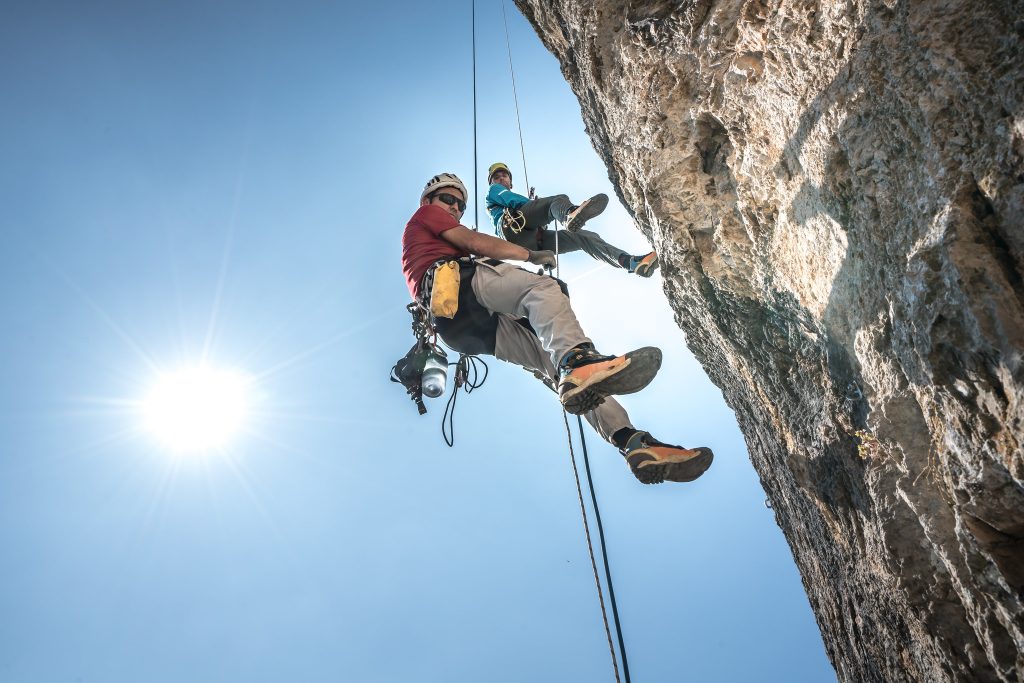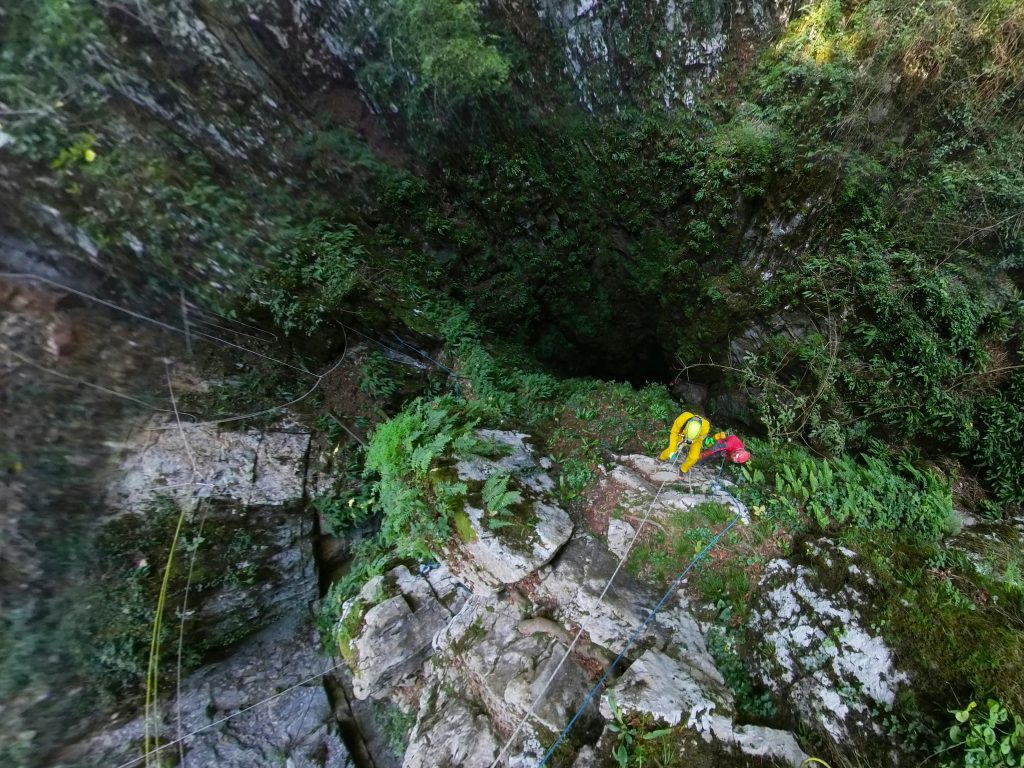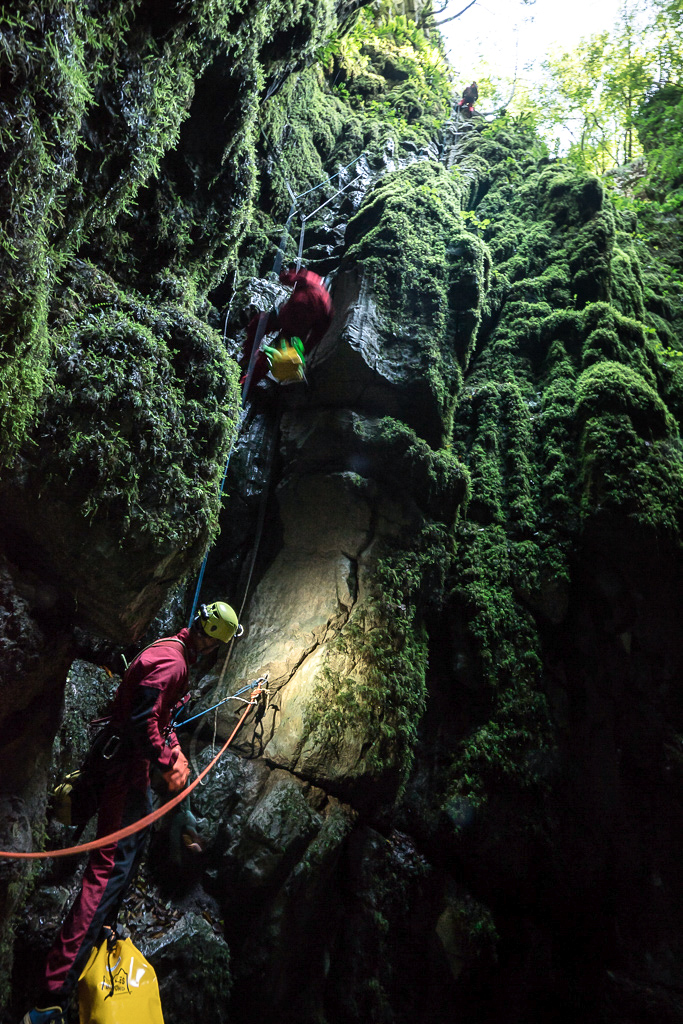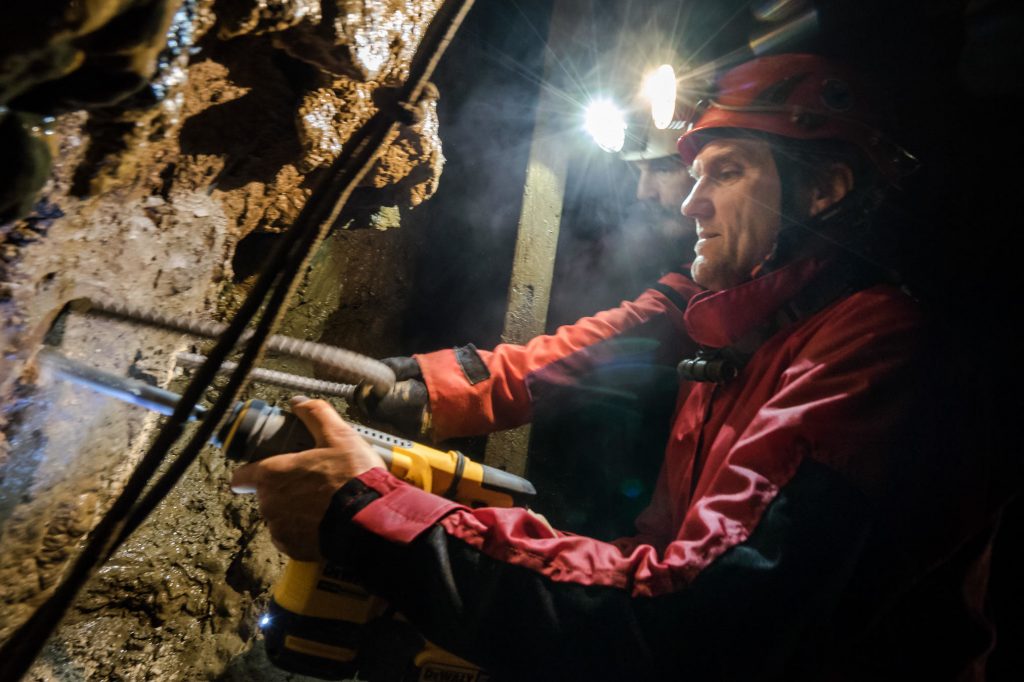That is why experienced cavers chaperoned six astronauts as the crew independently explored a new world under their feet. Here is an account of the experience by Spartarco Savio, one of the more than 20 speleologists during CAVES 2019.
Speleology gives you unforgettable moments, and it so happens that it puts you in touch with people from other fields to conduct science, test instruments or run technology demonstrations. Sometimes these people are even trainees for space exploration!
In September 2019, six astronauts from different countries began CAVES, a training course that took them to the underground world of the Karst Plateau between Italy and Slovenia for two intense weeks.

They learned the techniques of surveying, the art of underground photography and sampling deposits and rocks. Once all these skills were put together, we prepared them to spend six days in a cave.
For the astronauts this was a truly unique experience – ESA is the only international agency to offer such training.
Similar to being in space, the cave environment imposes total autonomy in the organisation of each activity, while remaining one step away from all the comforts of the outside.

As speleologists, staying in the cave for several days facing all the difficulties that arise is routine, often approached as a game. But for those who are caving for the first time, being in a hostile environment, living in it for almost a week and having to face one by one the same difficulties, that game is quite challenging. It is an intense training course both physically and mentally, thanks to the amount of information and complex decisions.
Once the training part was over, the actual exercise began: exploration in an environment unknown to them.

The astronauts had to take over from a hypothetical team of researchers who discovered a path during a previous expedition. The crew followed a given route until they reached the target, and from there continued the exploration, collecting as much information, photos, data and samples as possible, for as far as they could get.
The ‘cavenauts’ organised themselves in an exemplary manner, respecting the tasks and responsibilities assigned to them, always reaching agreements and respecting the choices of the chosen leader for each task.
For some of them, this was not only their first cave experience, but also the first time they put on a harness to hang on a rope and I am sure this experience left indelible mark on them.

For me, it was the first time in a cave with six astronauts. At the end of the day, they too are ordinary people, neophytes to be instructed. But the fact that it was an exercise for space training required us to minimise even the remotest possibility of the smallest and most trivial incident, and that required considerable effort.
I am used to this system of planning and control, but certainly this speleological adventure was a unique experience for me. I had to put all my knowledge and experience into play.
The astronauts appreciated feeling like ‘masters of exploration’ and safe at the same time, with us always around in a non-invasive way.
In the final debriefing, they stated that CAVES 2019 was “a fantastic training, the best analogue we know on Earth for missions to the International Space Station. It was a true exchange between explorers from different worlds.”
Spartaco Savio
President of The Commissione Grotte Eugenio Boegan
Speleological guide – Collegio delle Guide Speleologiche FVG
National Speleological Instructor of the Italian Alpine Club – CAI
Instructor & Technical operator of the Italian Speleological Rescue Organisation – CNSAS
Member of the Miles Beyond team


Discussion: no comments